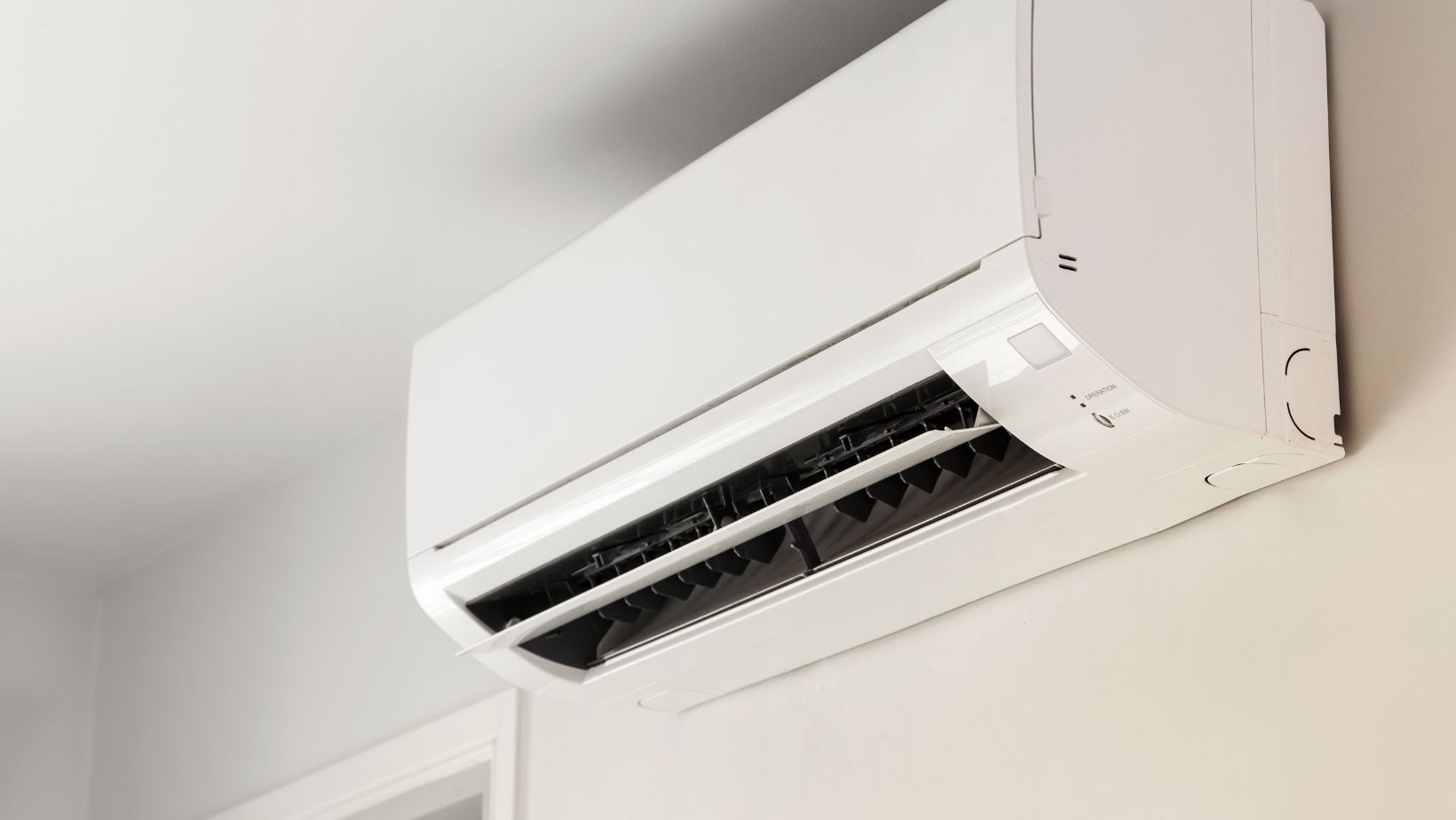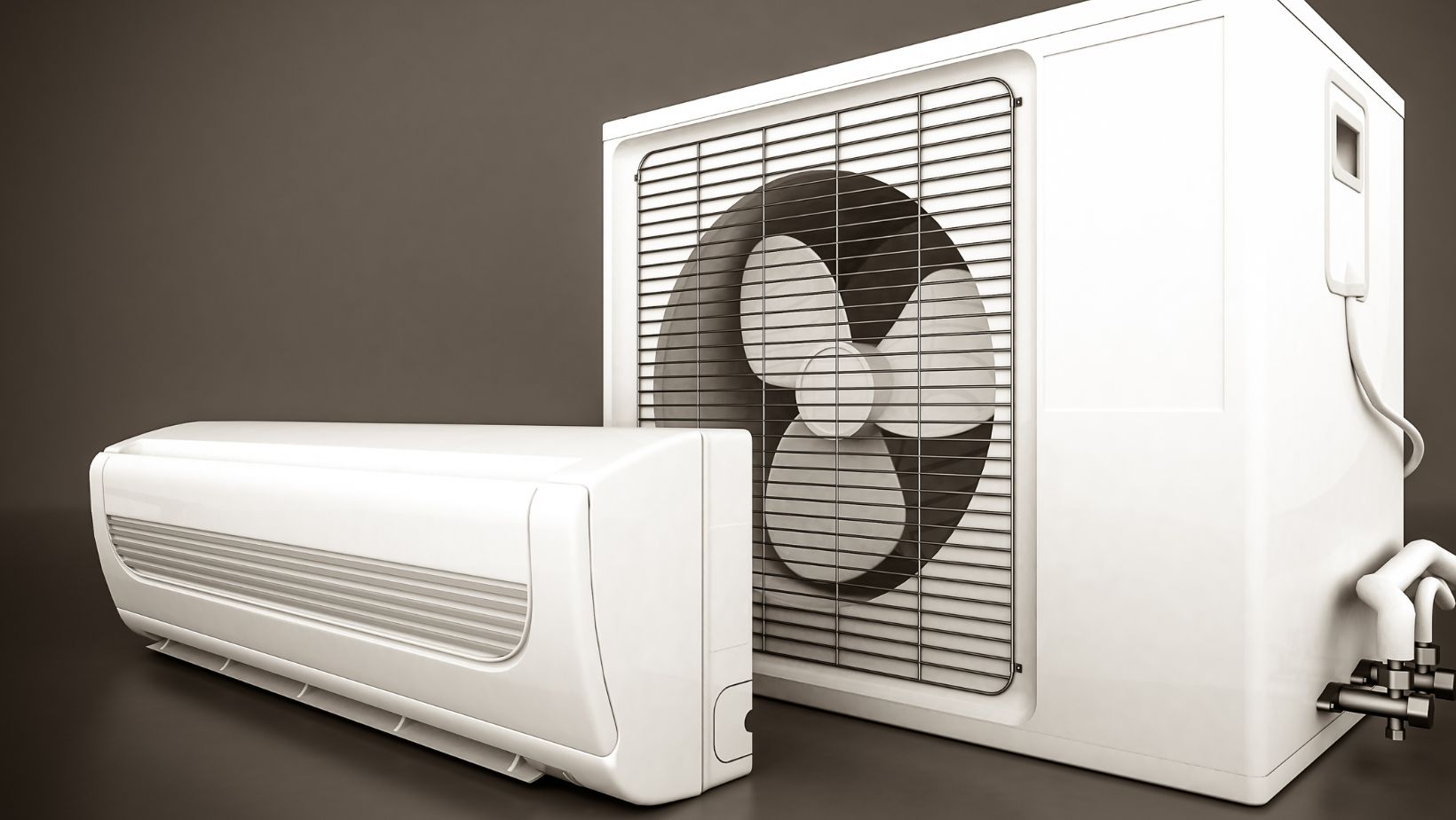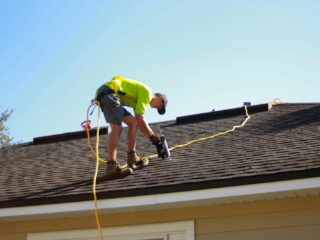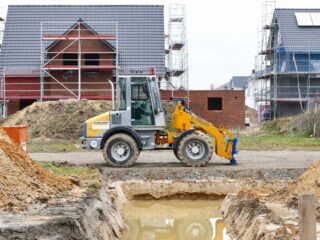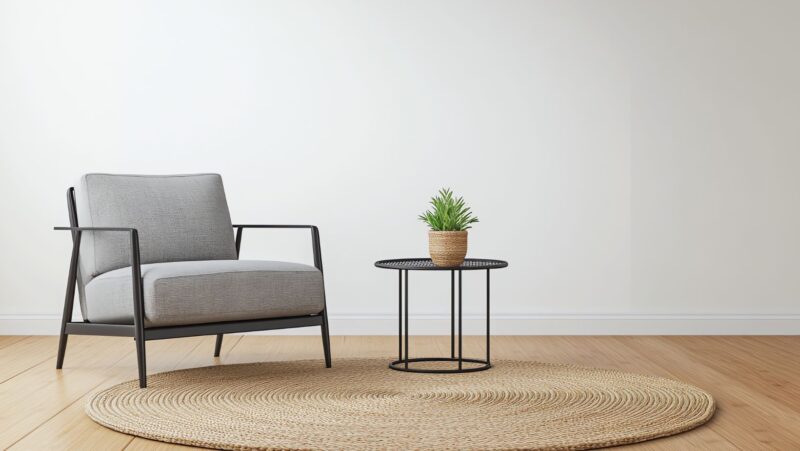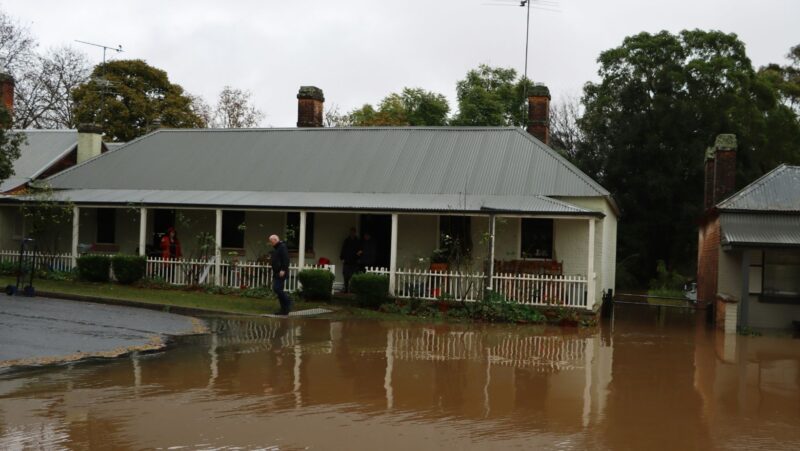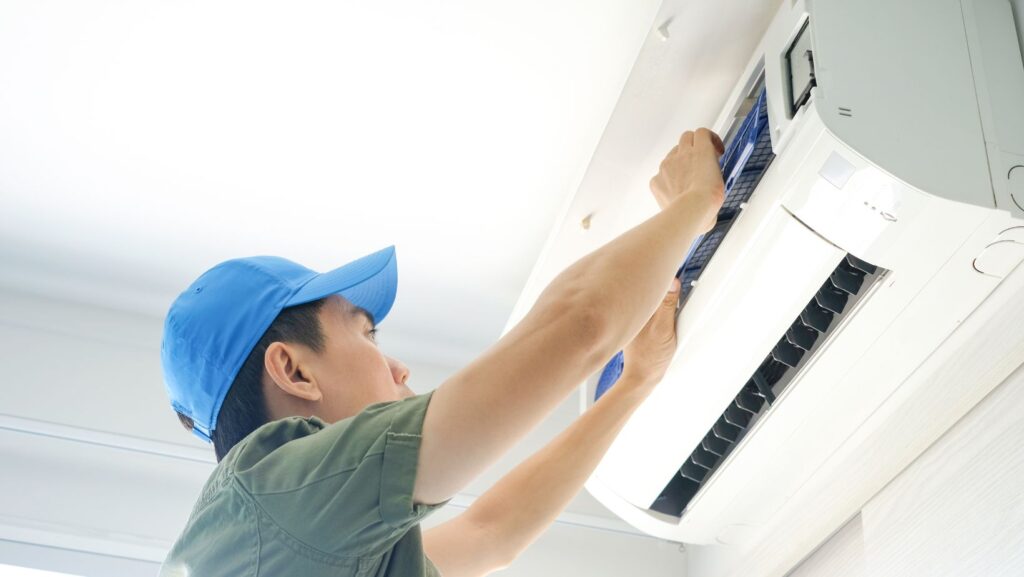
Keeping your home cool during the summer can often lead to skyrocketing energy bills if you’re not careful. However, staying comfortable doesn’t have to come at the expense of energy efficiency. By adopting smarter cooling strategies, you can keep your home cool and save on energy costs.
One of the most effective ways to reduce energy consumption is by using an energy efficient air conditioner. These systems are designed to deliver powerful cooling while consuming less energy, making them a worthwhile investment for any home. But there’s more you can do to stay cool without breaking the bank. Here are the best energy-efficient methods to keep your home comfortable this summer.
1. Upgrade to an Energy-Efficient Air Conditioner
If your air conditioning system is more than 10 years old or struggles to cool your home effectively, it may be time for an upgrade. Modern air conditioners are built with energy-saving technologies that provide the same level of comfort while using less power.
Features of Energy-Efficient Air Conditioners:
- Variable speed compressors: These adjust the cooling output to match your home’s needs, reducing energy waste.
- Programmable thermostats: Many systems come with smart thermostats that allow you to control temperatures remotely.
- Energy Star certification: Look for this certification as it guarantees higher energy efficiency compared to standard models.
An energy efficient air conditioner can dramatically lower your energy bills while keeping your home cool and comfortable.
2. Optimize Your Thermostat Settings
Your thermostat plays a significant role in controlling energy consumption. Setting it wisely can help you maintain a comfortable indoor temperature without overburdening your cooling system.
Tips for Thermostat Efficiency:
- Set temperatures higher when away: Aim for 78°F (25.5°C) when you’re home and even higher when you’re away to conserve energy.
- Use a programmable thermostat: Automate temperature adjustments based on your daily schedule.
- Avoid drastic changes: Gradual adjustments to your thermostat prevent your AC from overworking.
Optimizing thermostat settings is a simple yet effective way to manage your cooling system’s energy use.
3. Use Fans to Circulate Air
Fans are an excellent complement to your air conditioning system, helping to circulate cool air and create a more comfortable environment. They consume significantly less energy than AC units, making them an efficient way to stay cool.
Ways to Use Fans Effectively:
- Ceiling fans: Rotate blades counterclockwise in summer to push cool air downward.
- Portable fans: Use these to target specific areas, such as bedrooms or home offices, for localized cooling.
- Exhaust fans: Install in bathrooms and kitchens to remove hot, humid air generated by showers and cooking.
Fans enhance airflow, allowing you to set your AC at a slightly higher temperature without sacrificing comfort.
4. Block Out the Heat
Direct sunlight can significantly increase indoor temperatures, forcing your cooling system to work harder.
Blocking out heat from the sun is one of the easiest ways to reduce your home’s cooling load.
Heat-Blocking Strategies:
- Install blackout curtains or shades: These prevent sunlight from entering and warming your space.
- Apply reflective window films: These films reduce solar heat gain while still allowing natural light to filter through.
- Plant trees or shrubs: Strategic landscaping can provide shade for windows and walls, reducing the amount of heat that enters your home.
By reducing the heat entering your home, you’ll lower your reliance on air conditioning and save energy.
5. Seal and Insulate Your Home
Gaps, cracks, and poor insulation can allow cool air to escape and hot air to seep in, making it harder to maintain a comfortable indoor temperature. Sealing and insulating your home helps keep the cool air where it belongs.
How to Improve Insulation:
- Seal air leaks: Use caulk or weatherstripping to seal gaps around doors, windows, and vents.
- Insulate your attic: Adding insulation to your attic can prevent heat from entering through the roof.
- Install insulated curtains: These not only block sunlight but also help retain cool air indoors.
Proper insulation reduces energy waste, keeping your home cooler for longer.
6. Minimize Internal Heat Sources
Everyday activities like cooking, using electronics, and even lighting can generate heat, making it harder to keep your home cool. Reducing these internal heat sources can help maintain a lower indoor temperature.
Tips to Reduce Internal Heat:
- Cook smart: Use a microwave, slow cooker, or outdoor grill instead of your oven during the hottest parts of the day.
- Switch to LED bulbs: These emit less heat than traditional incandescent bulbs.
- Unplug electronics: Devices in standby mode generate heat, so unplug them when not in use.
Small changes in your daily habits can have a big impact on your home’s overall temperature.
7. Maximize Night Cooling
During cooler evenings, you can give your AC a break by allowing fresh air to flow into your home. This natural cooling method helps reduce your reliance on energy-intensive systems.
Steps for Night Cooling:
- Open windows strategically: Create cross-ventilation by opening windows on opposite sides of your home.
- Use window fans: These pull in cool air from outside and expel warm air from inside.
- Close windows in the morning: Shut windows and blinds early to trap the cool air inside.
Taking advantage of nighttime temperatures can significantly cut down on your energy usage during the day.
Staying cool this summer doesn’t have to mean sky-high energy bills. By upgrading to an energy efficient air conditioner, optimizing your thermostat, and adopting smart cooling strategies, you can maintain a comfortable home while conserving energy. With these tips, you’ll enjoy a cool and cost-effective summer.

